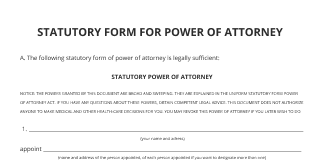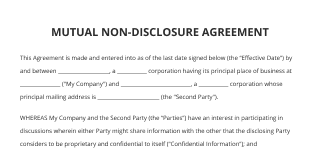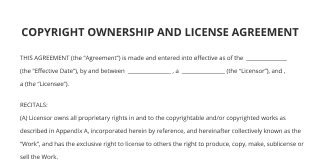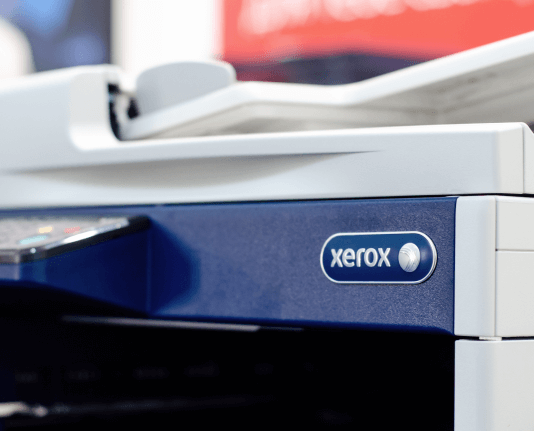Understanding Bill of Lading Vs Invoice for Streamlined Document Management
Move your business forward with the airSlate SignNow eSignature solution
Add your legally binding signature
Integrate via API
Send conditional documents
Share documents via an invite link
Save time with reusable templates
Improve team collaboration
See airSlate SignNow eSignatures in action
Understanding the Bill of Lading
A bill of lading is a crucial document in the shipping and transportation industry. It serves as a receipt for goods, a contract between the shipper and carrier, and a document of title. When a business ships products, the bill of lading outlines essential details such as the type and quantity of goods, the destination, and the terms of transportation. This document is vital for tracking shipments and ensuring that all parties involved have a clear understanding of the delivery process.
In a digital document workflow, businesses can create and send a bill of lading quickly using airSlate SignNow. Users can prepare a bill of lading template, fill in the required information, and send it for eSignature, ensuring a smooth and efficient shipping process.
What is an Invoice?
An invoice is a document issued by a seller to a buyer, detailing the products or services provided, along with the amount due for payment. It typically includes information such as the invoice number, date of issue, payment terms, and a breakdown of costs. Invoices are essential for maintaining accurate financial records and facilitating timely payments.
With airSlate SignNow, users can easily create and customize invoices. The platform allows for quick editing and sharing, ensuring that businesses can manage their billing processes efficiently. By preparing invoices digitally, companies can streamline their payment collection and improve cash flow management.
Key Differences Between Bill of Lading and Invoice
While both documents are essential in the shipping and sales processes, they serve different purposes:
- Purpose: A bill of lading is primarily a transport document, while an invoice is a request for payment.
- Function: The bill of lading acts as a receipt and contract for transportation, whereas the invoice details the financial transaction.
- Content: Bills of lading include shipping details, while invoices focus on pricing and payment terms.
Understanding these differences helps businesses ensure they use the correct document for each phase of their operations, from shipping to billing.
When to Use Each Document
Businesses should use a bill of lading when shipping goods, as it provides proof of shipment and outlines the terms of transport. This document is essential for logistics and tracking purposes. In contrast, invoices should be used after goods or services have been delivered to request payment from the buyer.
By using airSlate SignNow, businesses can efficiently manage both documents. Users can create a bill of lading for shipping and follow up with an invoice for payment, all within a secure digital platform. This integration simplifies the workflow and enhances productivity.
Importance of Digital Document Management
Managing bills of lading and invoices digitally offers numerous advantages. It reduces the risk of errors, speeds up the processing time, and enhances security. Digital documents can be easily stored, searched, and retrieved, making it convenient for businesses to maintain accurate records.
With airSlate SignNow, users can prepare, send, and store these documents securely. The platform supports collaboration, allowing multiple parties to review and sign documents quickly. This efficiency is vital in today’s fast-paced business environment.
airSlate SignNow solutions for better efficiency
Our user reviews speak for themselves






Why choose airSlate SignNow
-
Free 7-day trial. Choose the plan you need and try it risk-free.
-
Honest pricing for full-featured plans. airSlate SignNow offers subscription plans with no overages or hidden fees at renewal.
-
Enterprise-grade security. airSlate SignNow helps you comply with global security standards.

Freight Bill vs Invoice: Comprehending the Distinctions
In the realm of document management within businesses, grasping the distinctions between a freight bill and an invoice is essential. Both fulfill unique roles in the shipping and payment workflows, but understanding how to manage these documents effectively can enhance your operational efficiency. airSlate SignNow presents a robust solution for companies aiming to streamline their document signing and handling.
Freight Bill vs Invoice: Comprehensive Guide to Utilizing airSlate SignNow
- Launch your internet browser and go to the airSlate SignNow webpage.
- Create a complimentary trial account or log into your current account.
- Choose the document you want to sign or send for signatures and upload it.
- If you intend to reuse this document, transform it into a template for repeated use.
- Open your uploaded document and make any necessary amendments, including adding fillable fields or inserting specific data.
- Sign the document and specify signature fields for the intended recipients.
- Press 'Continue' to set up and dispatch an eSignature invitation.
airSlate SignNow offers businesses an easy-to-use and budget-friendly method for handling document signing. With its extensive array of features, it guarantees a substantial return on investment while being user-friendly and scalable for small to medium enterprises. Moreover, the clear pricing structure means there are no concealed charges, and excellent 24/7 customer support is accessible for all subscription plans.
Begin enhancing your document management processes today with airSlate SignNow and witness the advantages in real time!
How it works
airSlate SignNow features that users love
Get legally-binding signatures now!
FAQs
-
Is an invoice the same as a bill of lading?
The documents serve different purposes. A bill of lading is a shipping document issued by a carrier that outlines the terms of shipment and serves as a receipt of goods, a contract, and a document of title. An invoice is a financial document requesting payment for goods or services provided. -
What does "invoice" mean in shipping?
Definitions of bill of lading. noun. a receipt given by the carrier to the shipper acknowledging receipt of the goods being shipped and specifying the terms of delivery. synonyms: waybill. -
Is an invoice a BOL?
In freight logistics, both the BOL and the freight invoice are indispensable tools. The BOL serves as a record of goods in transit and the legal foundation for shipping agreements, while the invoice outlines the financial obligations for the services rendered. -
What is a bill of lading used for?
A Bill of Lading serves as a contract between the shipper and the carrier, a receipt for the shipped goods and a document of title. Essentially, the BOL ensures all parties agree to the terms of the shipment and that the carrier acknowledges receipt of the goods. -
Is a bill of lading proof of payment?
It details what is being shipped, who the buyer is, and their location. A bill of lading also serves as a receipt for the buyer. A bill of exchange is proof of payment, much like a promissory note, that legally requires the buyer to pay an agreed-upon amount by a certain date. -
Is a bill of lading a commercial invoice?
No, a bill of lading cannot serve as an invoice. The documents serve different purposes.
What active users are saying — bill of lading vs invoice
Related searches to Understanding bill of lading vs invoice for streamlined document management
Get more for bill of lading vs invoice
- Create PDF signature for free with airSlate SignNow
- Discover the best electronic signature for Word document on Mac
- Unlock the ease of online signing of Word document
- Discover the PDF signing area with airSlate SignNow
- Discover the free PDF editing software for Windows that transforms your documents
- Discover free online PDF editing software that transforms your document workflow
- Edit PDFs for free online with airSlate SignNow
- Digitize PDF for editing with airSlate SignNow
Find out other bill of lading vs invoice
- Insert e-signature into Word document effortlessly
- Easily add signature in PDF with airSlate SignNow
- Effortlessly embed e-signature in Word document for ...
- Add signature to PDF electronically with ease
- Easily insert e-signature to PDF with airSlate SignNow
- Streamline your document signing and filling process
- Simplify your document signing with Cloud Sign
- Download Acrobat Reader electronic signature for ...
- Enhance your workflow with Acrobat X Pro Signature for ...
- Experience seamless eSigning with Acrobat Reader ...
- Streamline your workflow with digital ID for PDF ...
- Embrace seamless efficiency with Acrobat Reader ...
- Streamline your workflow with the PDF Acrobat signature ...
- Discover digital signature software download for ...
- Simplify your PDF Acrobat digital signing experience
- Unlock seamless signing with a PDF digital signature ...
- Experience the best PDF filler and signer for your ...
- Effortlessly download Acrobat DC electronic signature ...
- Enhance your workflow with Acrobat PDF digital sign
- Streamline your workflow with digital document fill and ...






























